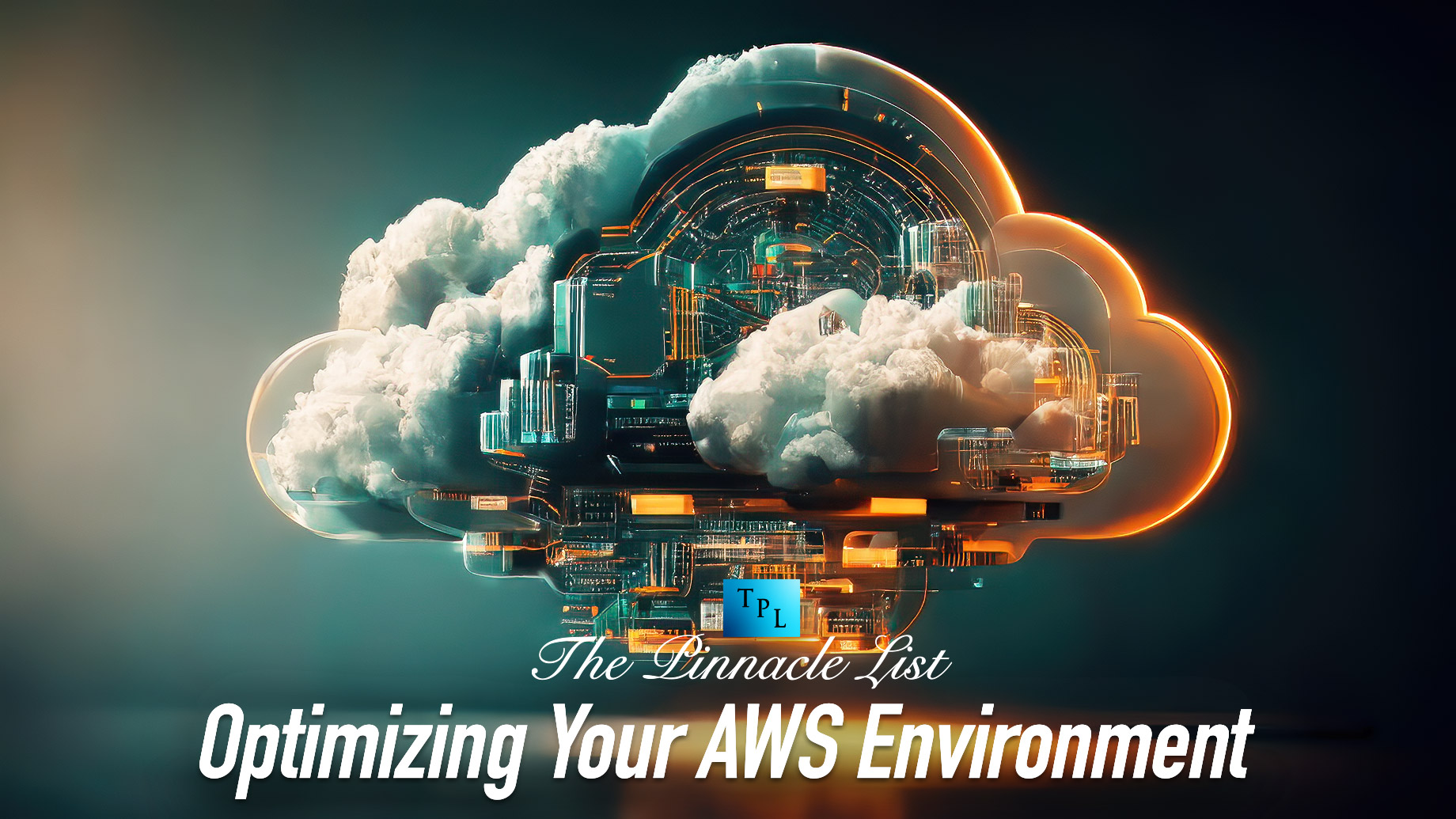
To optimize your AWS environment, it’s essential to ensure it’s performing well, secure, and cost-effective. AWS offers a range of services for hosting apps, storing data, and managing infrastructure. Managing an AWS environment can be complex, and potential issues may be overlooked. Regular evaluation is necessary to meet business needs. This article explores key factors to consider and offers tips for optimizing your setup.
AWS Security Audit Guidelines
AWS is a cloud computing platform that provides various services for both individuals and businesses. However, with the increasing number of cyber-attacks and data breaches, it is essential to have proper security measures in place to protect your AWS infrastructure. One way to ensure your security is by conducting regular security audits. In this article, we will provide an introduction to AWS security audit guidelines.
Understanding AWS Security
To conduct an AWS security audit, it is important to have a fundamental comprehension of AWS security. AWS employs a shared responsibility model, where the cloud infrastructure’s security is the responsibility of AWS, and the user is accountable for securing their applications and data. AWS offers different security features and services that users can use to safeguard their infrastructure.
Identifying Potential Security Risks
To begin an AWS security audit, the first step is to identify potential security risks. This can be accomplished by examining the AWS Well-Architected Framework, which offers a set of best practices for creating and maintaining dependable, secure, efficient, and cost-effective systems in the cloud. In addition, the AWS Security Hub can be reviewed to gain a complete picture of your security status across all of your AWS accounts.
Performing a Security Assessment
After identifying potential security risks, it is recommended to conduct a security assessment of your AWS infrastructure. This entails reviewing your infrastructure and identifying any security vulnerabilities or misconfigurations. AWS Config can be utilized to assess and audit your infrastructure’s compliance with industry standards and best practices.
Implementing Security Measures
Security controls should be implemented after conducting a security assessment to reduce identified risks. Examples of these controls include configuring security groups, utilizing AWS Identity and Access Management (IAM) for user access management, and enabling AWS CloudTrail for API activity monitoring and logging.
Maintaining Security in AWS
It is essential to follow best practices and implement security controls to safeguard your data and applications from cyber threats. In this article, we have covered some of the critical security controls that can help you secure your AWS environment, such as:
- Implementing Multi-Factor Authentication (MFA) for user accounts
- Enforcing strong password policies
- Implementing network security controls, such as Virtual Private Clouds (VPCs) and Security Groups
- Monitoring your AWS environment for security events with the DevOps team: https://www.dataart.com/services/devops
- Regularly patching your operating systems and applications.
In summary, maintaining security in AWS is a shared responsibility between AWS and its customers. It’s important to follow best practices and implement security measures to protect your data and applications from cyber threats. By keeping abreast of the latest security trends and best practices, conducting regular assessments, and implementing a security incident response plan, you can ensure that you develop a framework for the security of your AWS environment.